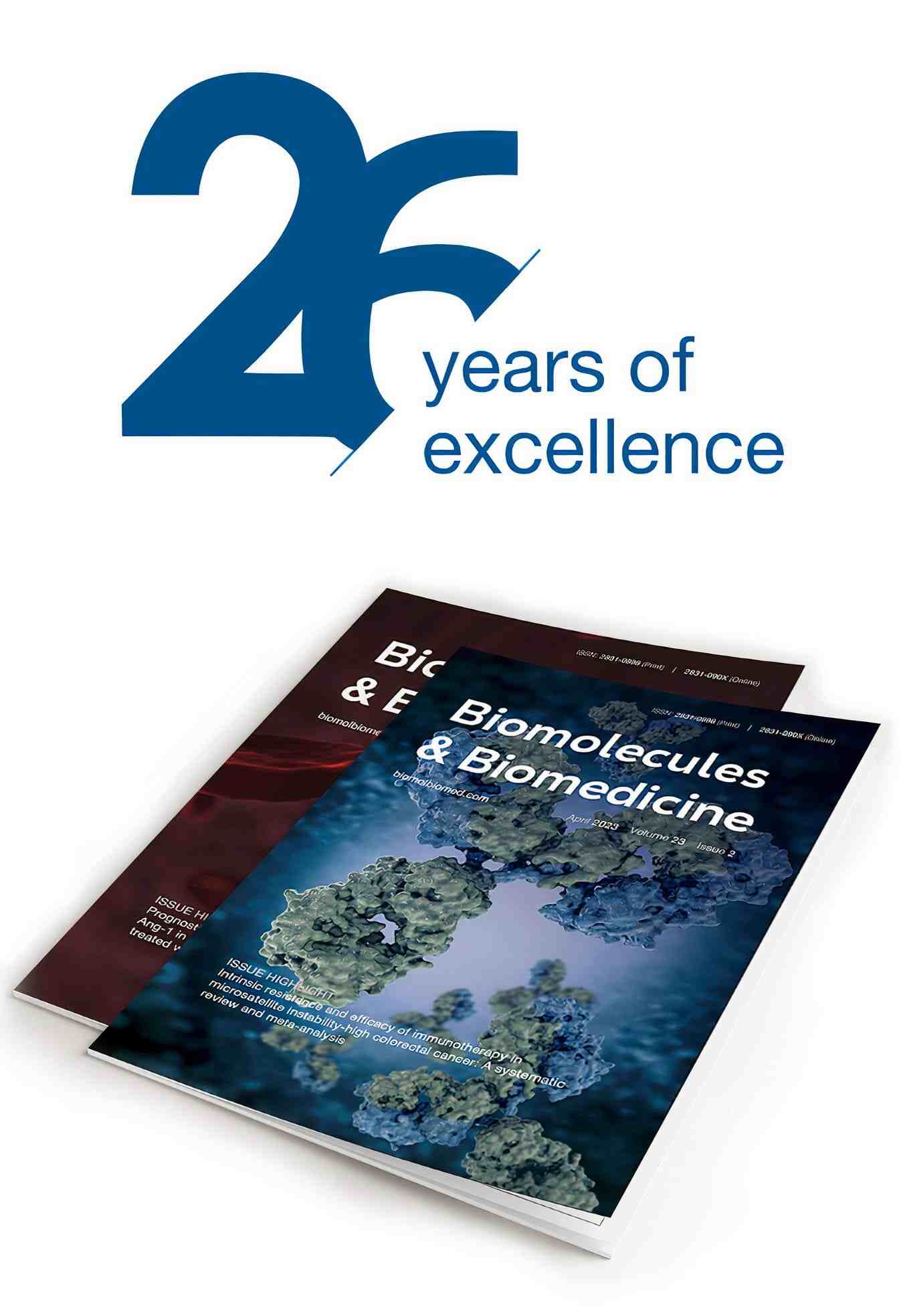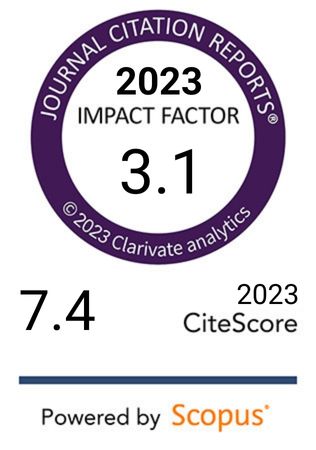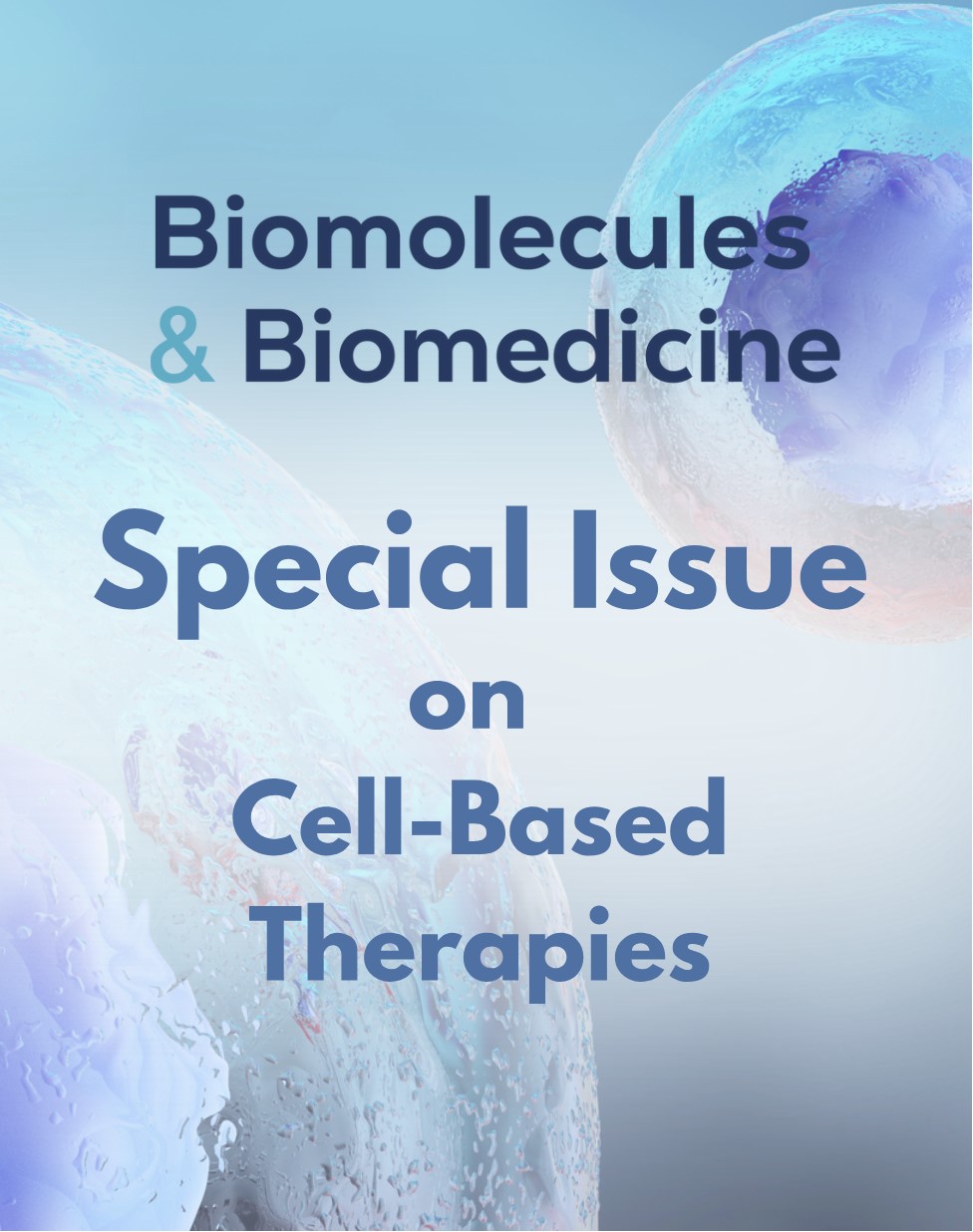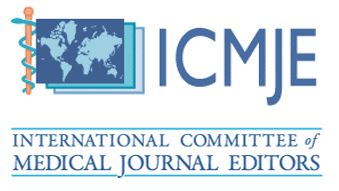Molecular aspects of Angelman Syndrome: Defining the new path forward
DOI:
https://doi.org/10.17305/bb.2025.11724Keywords:
Angelman Syndrome, AS, epigenetic repression, genetic imprinting disorders, neuronal plasticity, UBE3A silencing mechanismAbstract
As a rare neuro-genetic disease, Angelman syndrome (AS) affects about 15 to 500 thousand people worldwide. The AS is an imprinting genomic disease characterized by the loss of function of the maternal UBE3A gene, located in the 15q11-q13. This gene encodes a ~100 kDa protein, the Ubiquitin-protein ligase E3A (UBE3A), that participates in the ubiquitination process, one of the post-translational protein modifications. In the brain, under normal conditions, the paternal allele of the UBE3A gene is silenced, with only the maternal allele being active. However, in individuals with AS, the maternal loss of function of this gene leads to the complete absence of UBE3A expression, resulting in multiple pathological features. Clinically, children diagnosed with AS exhibit a characteristic behavioral phenotype, including a happy demeanor, frequent and unmotivated laughter, movement, speech impairment, severe intellectual disability, and sleep problems. Since its discovery in 1965, significant progress has been made in understanding the genetic and pathophysiological aspects of AS. However, despite these advances, the molecular mechanisms underlying the disease remain incompletely understood, and no effective treatment currently exists. Current therapies focus solely on symptom management, and no approach has yet succeeded in reactivating the silenced paternal UBE3A allele. Therefore, this review highlights the epigenetic aspects involved in the AS in order to provide a better understanding and clarification of the mechanisms, hopefully paving the way for future research to improve the treatment of affected individuals.
Citations
Downloads
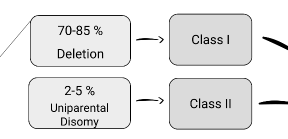
Downloads
Published
Issue
Section
License
Copyright (c) 2025 Jacqueline Fátima Martins de Almeida, Ilaria Tonazzini, Simona Daniele

This work is licensed under a Creative Commons Attribution 4.0 International License.
